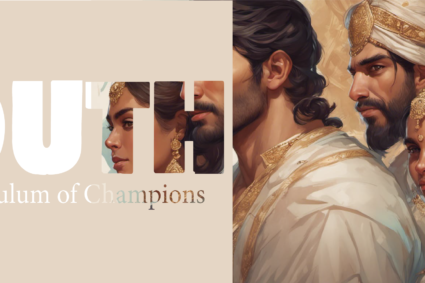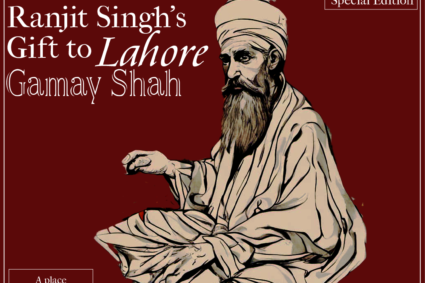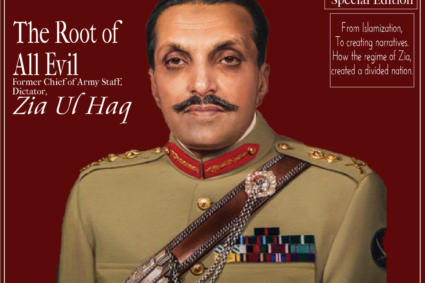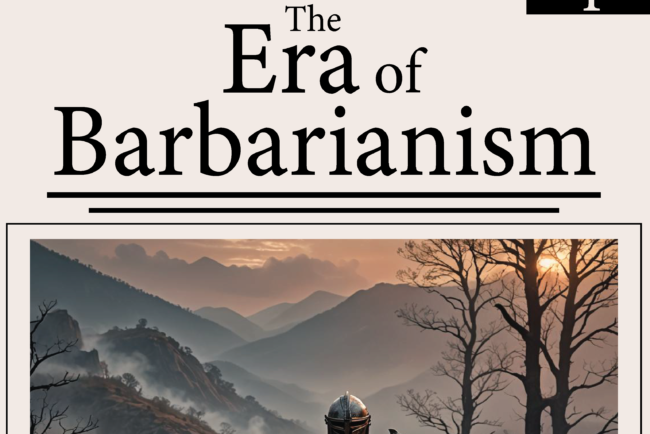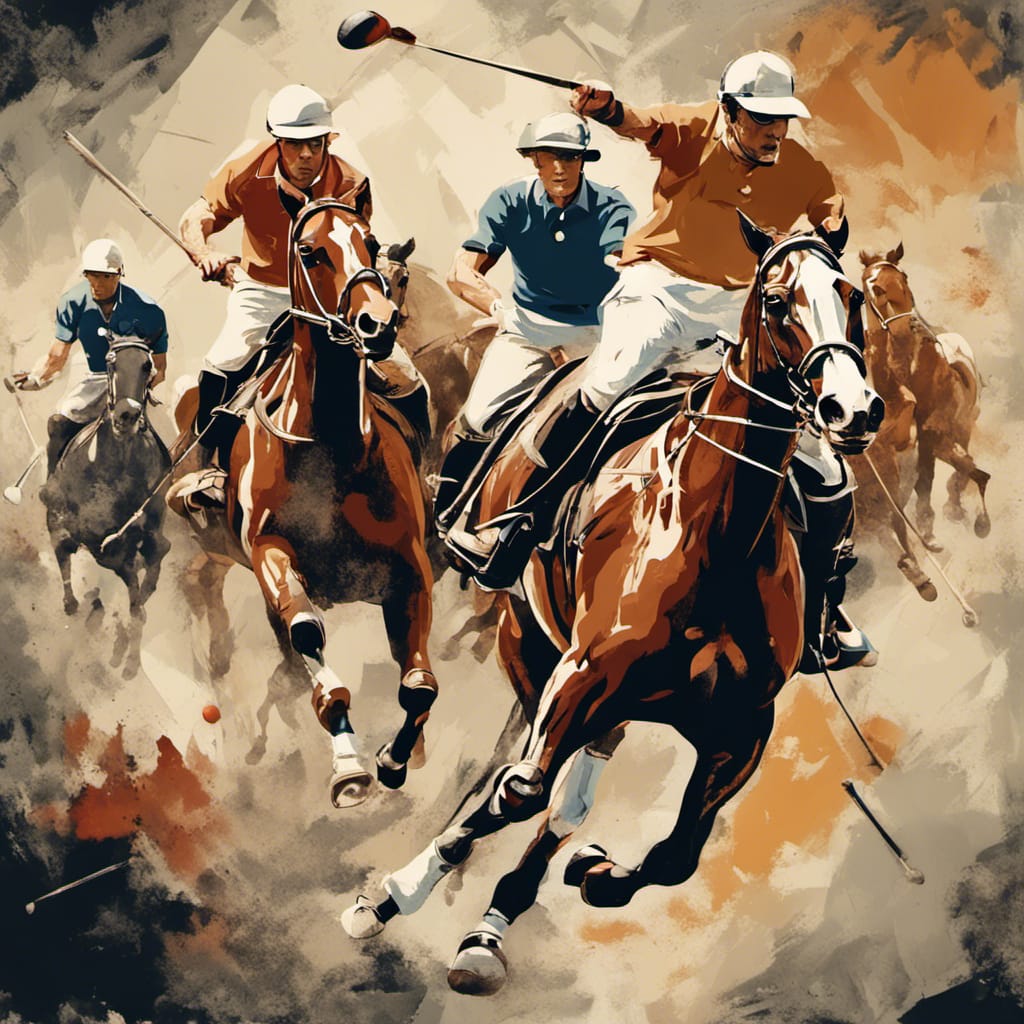
The Sport of Kings: A History of Polo Over the Millennia
Polo – the game of horseback riders hitting a ball across a grassy field – has a history that stretches back over 2,500 years. While seen today as a sport for the wealthy elite, polo originated as a training exercise for cavalry units in ancient Persia.
From its birthplace in Persia sometime between 600 BC and 100 BC, the first polo players were Persian soldiers who played to hone their horseback riding and combat skills. From there, the sport spread throughout Central and South Asia as Persian influence expanded. By the 600s AD, nobility and military leaders in places like China, Japan, and India had adopted the sport.
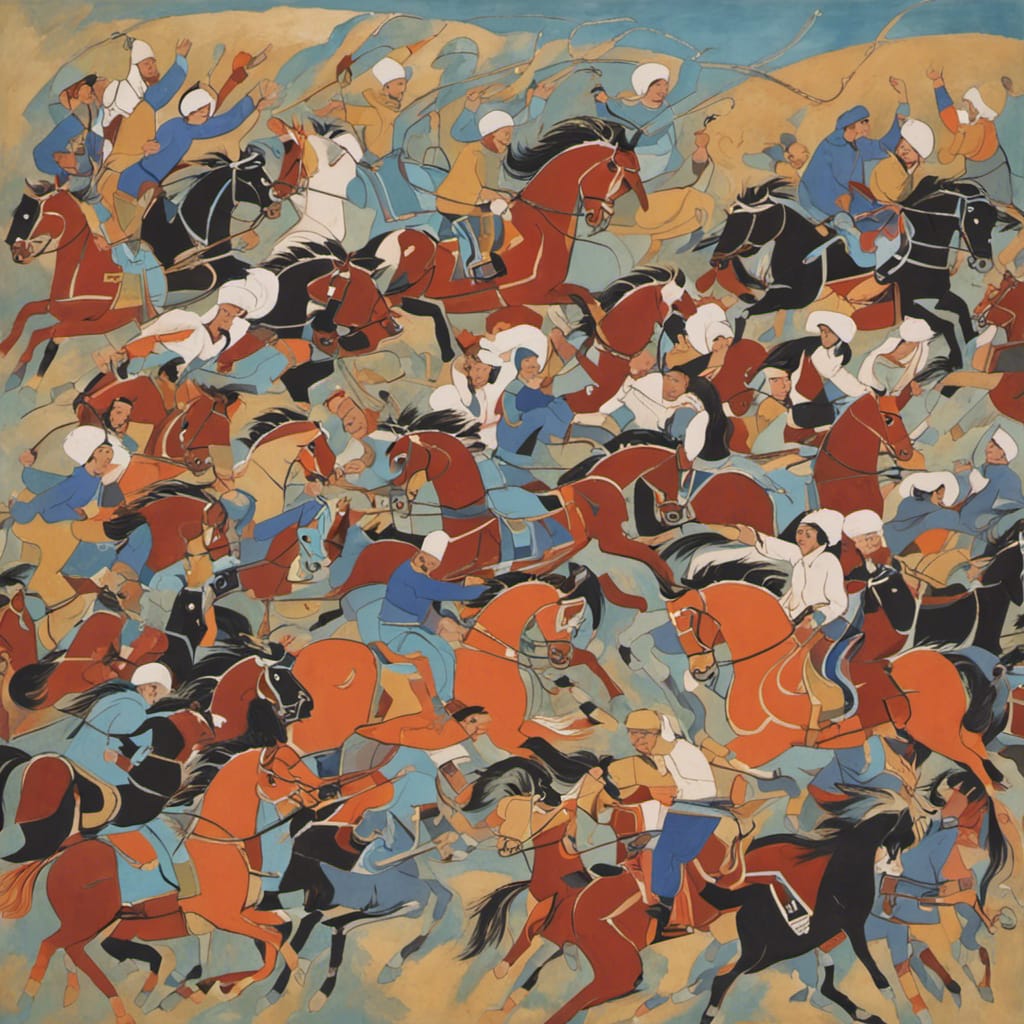
Polo first galloped into India during this early era. As Persian traders and soldiers arrived around the 6th Century AD, they brought polo with them. The game became a favorite pastime of Indian royalty, who embraced it warmly. Great polo grounds were constructed so Indian kings and noblemen could face off in extravagant matches. Poets wrote of the exploits of polo-playing rulers like Sultan Qutb-ud-din Aibak of the Delhi Sultanate.
But perhaps no empire advanced the game further than the 16th-century Mughal Empire. Emperor Babur, the founder, loved polo himself and formalized rules that are still used today. His grandson Akbar was also an avid player. Under their patronage, polo became firmly entrenched within upper-class Indian culture.
When the British colonized India centuries later, British officers stationed there took up the sport and brought it back home. The first polo clubs emerged in England in the 1860s. British cavalrymen introduced polo to the United States around this same era after learning it in India.
Polo’s next global leap came as wealthy British patrons developed matches and clubs during the late 1800s Victorian era. Groundbreaking American players like James Gordon Bennett Jr. also promoted the sport overseas after discovering it in India. The game that was once for soldiers had now become a pastime for the social elite around the world.
During polo’s heyday in the early 20th century, India reigned supreme on the global stage. Legendary teams from the Indian Army dominated tournaments both in India and England season after season with only a few exceptions. Maharaja Ganga Singh, Rao Raja Hanut Singh, and Maharaja Prem Singh were considered the best polo players anywhere for decades.
Today, over 100 nations are members of the Federation of International Polo, the international governing body founded in 1982. Argentina hosts high-goal tournaments yearly that attract the world’s current top players. While polo remains associated with old money and privilege, its origins run deep in the training grounds of ancient Persian horsemen where the sport of kings first set hoof.
Author – Aurora Ibsen (Culture, Heritage & History of India at AGC)


